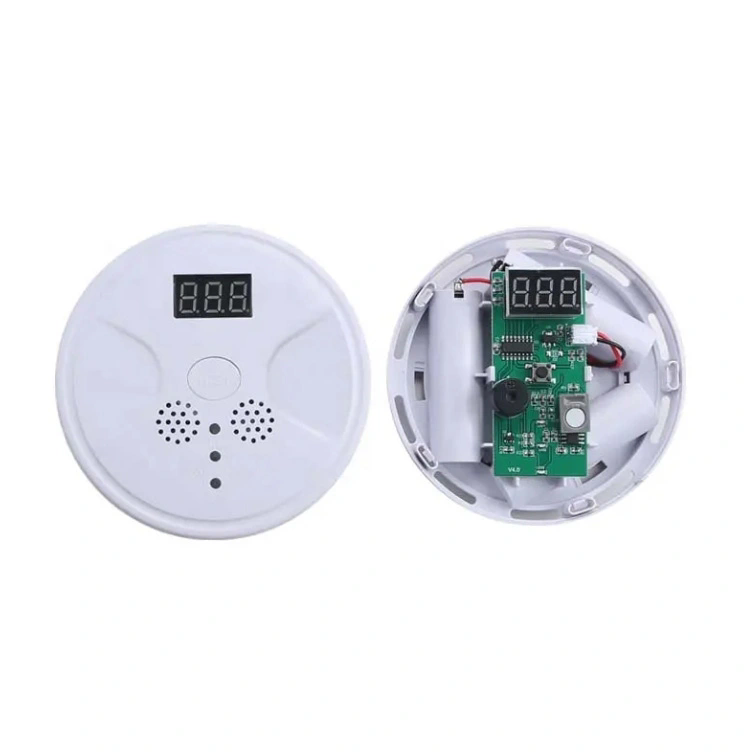What Is PCB Cloning and Why Is It Useful in Electronics?
2025-07-15
PCB cloning refers to the process of copying an existing printed circuit board (PCB) design, including its layout, components, and functionality. This technique is widely used in electronics manufacturing, reverse engineering, and product redevelopment—especially when the original design files are missing, or when there's a need to reproduce legacy hardware.
What Is Involved in PCB Cloning?
Cloning a PCB involves several technical steps:
1. Visual and Electrical Inspection
The original board is examined to understand its layout, number of layers, and the components it contains.
2. Schematic Reverse Engineering
Engineers recreate the schematic diagram by tracing each connection and function, sometimes with the help of software tools.
3. PCB Layout Recreation
Specialized software (such as Altium Designer or Eagle) is used to replicate the layout of the PCB.
4. Component Identification
All components—resistors, ICs, connectors, etc.—are identified and matched with available equivalents.
5. Gerber File Generation
Gerber files, which are standard for PCB manufacturing, are created to send to a PCB fabrication house.
6. Prototyping and Testing
A prototype of the cloned PCB is produced and thoroughly tested to ensure it functions like the original.

What Are the Applications of PCB Cloning?
Legacy Product Support: Reproduce old or discontinued products with no available design files.
Repair and Maintenance: Replace damaged or obsolete PCBs in industrial equipment or consumer electronics.
Cost Optimization: Redesign boards for more efficient production using updated components.
Competitive Analysis: Study competitor products (within legal and ethical boundaries).
Is PCB Cloning Legal?
PCB cloning is legal if:
You own the rights to the original product.
The original product is open-source.
It is for personal use, maintenance, or educational purposes.
However, cloning copyrighted or patented PCBs for commercial purposes without authorization can lead to legal issues. It’s essential to respect intellectual property laws.
Conclusion
PCB cloning is a powerful technique that enables manufacturers, engineers, and hobbyists to revive, reproduce, or optimize electronic designs. While it offers clear advantages in terms of product continuity and innovation, it must be used responsibly to ensure legal compliance and respect for original creators.


